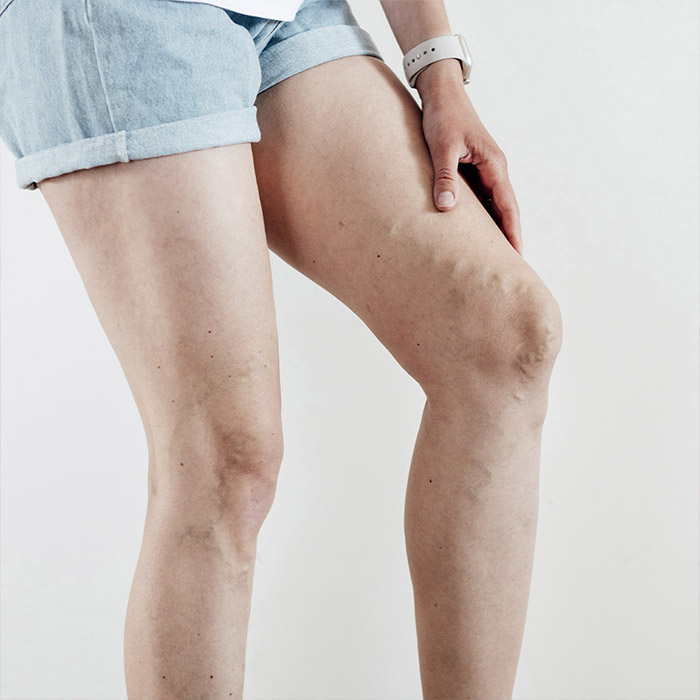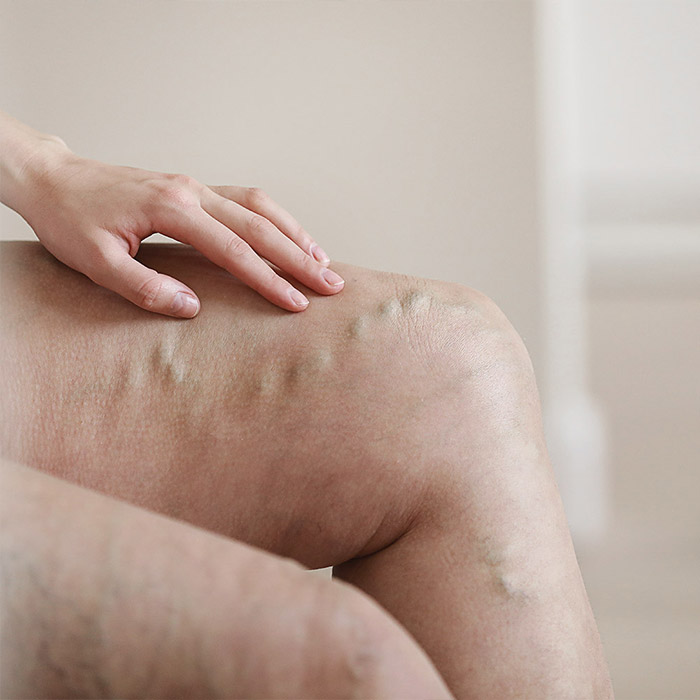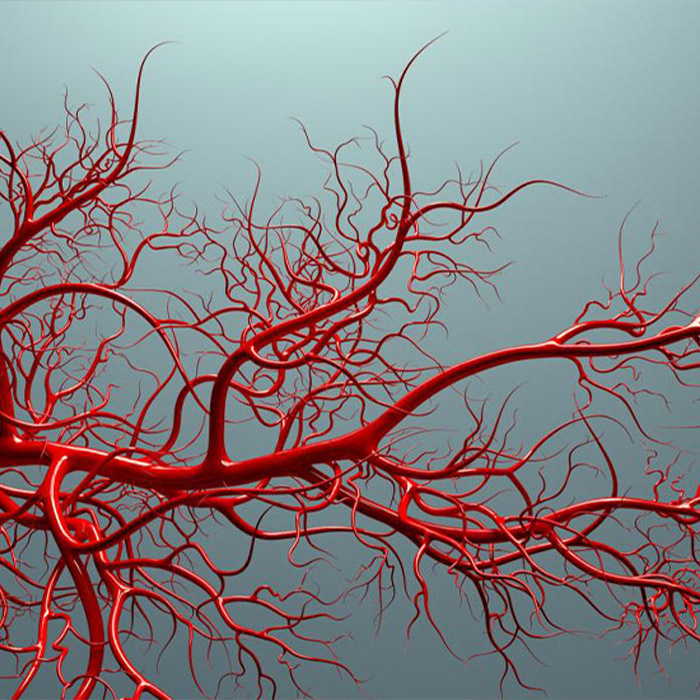Carotid Artery Disease
Symptoms, risk factors & treatment methods
Assoc. Prof. Dr. İlker Kiriş
Cardiovascular Surgery

What is Carotid Artery Disease?
The carotid veins are arteries located on the right and left of the neck, and they carry the arterial blood with high oxygen content to the brain. When we are born, the inner walls of our carotid artery are smooth just like other arteries in our body. The fat, cholesterol, and calcium (calcification) accumulate on the inner walls of arteries over the years. This process is called "atherosclerosis" or colloquially "arteriosclerosis."
Symptoms of Carotid Artery Occlusion
The carotid artery is located bilaterally in the neck region, and the jugular vein disease occurs with the severe carotid artery, popularly known as the jugular vein, stenosis, or occlusion. The carotid artery refers to the arterial blood vessels, and their job is to carry oxygen-rich clean blood to the brain.
Carotid Artery Occlusion Treatment
Carotid artery occlusion is a disease that occurs as a result of severe narrowing or occlusion of the carotid arteries located on both sides of the neck and known colloquially as the jugular veins. One of the reasons why carotid artery occlusion is important is that these vessels are the vessels that deliver oxygen-rich blood to the brain.
Carotid Artery Surgery
Patients with carotid stenosis or occlusion are diagnosed by performing various examinations after the disease history is taken in detail. These examinations consist of carotid ultrasonography and carotid angiography. Ultrasonography shows the blood flow velocity and form in the carotid artery, as well as the degree of narrowing in the vein.
Placing a Stent on Carotid Artery
Many treatment methods are applied to minimize the possibility of paralysis and stroke for people with carotid artery occlusion or stenosis. The first of these is anticoagulant and vasodilating drugs recommended by the doctor. However, it can be said that drug therapy may be insufficient after the disease reaches certain levels.










